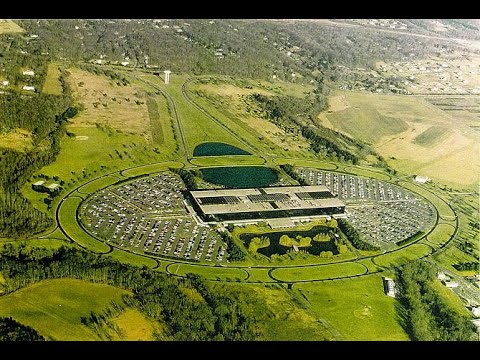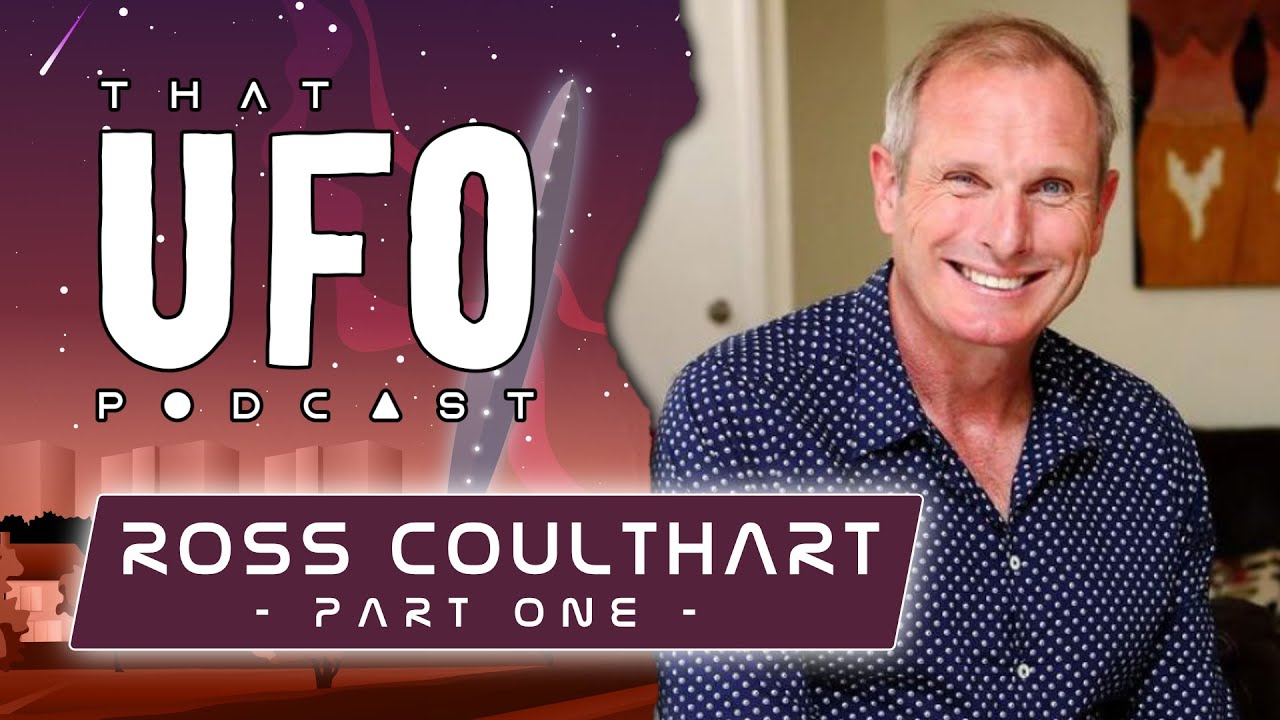Interestingly, the more than 50 year search for signals from alien civilisations in the radio spectrum would, if conducted by aliens, have failed to detect humans on Earth, as our civilisation does not transmit the kind of high energy narrow band signal the searches are seeking. As broadcasting is replaced by fibre optic links and satellites that radiate most of their energy toward the Earth, not out to space, Earth is going increasingly radio silent as seen from interstellar distances.
Again Jill seems to ignore the UAP evidence whose reality is now official from the Pentagon. CIA asked me to work on this 50 years ago.
Earth’s photon record is not what it used to be !
As far as we know, first contact has never been a good idea for the less technologically advanced group.
What are possible upsides motivating investments in these programs?
I don’t think first contact with an alien technological civilisation has many parallels to contact among human civilisations on Earth. Any aliens we discover through radio or optical messages, either broadcast intentionally or inadvertently (for example, aliens picking up Earth’s missile attack surveillance radars whose signals radiate out into space) are likely to be hundreds or thousands of light years distant, so communication is effectively one way. So, it’s a question of what we can learn from the signals, if we are able to decode them. Since it is also likely any contact will be with a civilisation much older than ours (humans have only been able to broadcast signals detectable at interstellar ranges for about 75 years) they may have learned things which are useful, from basic science to technologies to ways to organise society that don’t involve mass killing from time to time.
I don’t think it’s likely that discovering a more advanced civilisation would demoralise humans and make them give up. A more typical human reaction would be to treat it as a “Sputnik moment” and, encouraged by the demonstration it was possible, start working on catching up. It would also provide an existence proof that success is possible, and that we’re not doomed to blow each other up or go extinct for one reason or another.
I don’t know the motivations of everybody funding SETI (in the U.S. every project is privately-funded: the U.S. science agencies do not support such work), but I believe a major reason is pure curiosity. The question “Are we alone?” is one which has profound implications regardless of whether the answer is yes or no.
If Robin Hanson’s “grabby aliens” theory (developed to explain why human technological civilisation developed so early in the habitable life of the universe), it is only curious civilisations that expand and change their environment who survive in the long term. A potentially grabby civilisation will be interested in possible neighbours and their history and capabilities.
Is there any known instance of an alien - as in not of this planet - civilization encountering our civilization? Skeptical about contact acting as either a demoralizing or motivating force for humanity. A simpler alternative hypothesis is baser instincts would prevail. First contact usually ends badly for the less advanced group in a very dramatic manner: they die.
My take is that if we ever pick up “alien signals” it must mean only one thing - they are nearby and there are overwhelming chances we are the less advanced group. Think of it this way: the more technologically advanced a civilization is, the harder it is to pickup a RF “signature” from the background noise. So if all of a sudden SETI starts picking up alien signals, wouldn’t Occam’s razor argue for “them” getting closer?
Re: curiosity driving SETI investments, that’s an interesting perspective. I listened to an interesting Robin Hanson/James Miller discussion on Hanson’s aliens theories. I left that thinking it’s an interesting mathematical exercise first and foremost.
The other side of that issue is what effect discovering Earth’s civilization would have on that more advanced extraterrestrial civilization?
For anyone who missed it, I would strongly recommend Liu Cixin’s SciFi novel “The Three-Body Problem”, which speculates about just that issue. The author’s premise is that extra-terrestrial civilizations have managed to survive by treating all other civilizations as potential threats, and adopting the principle of “Shoot First”. He postulates there is an interstellar survival advantage in adopting a very low profile.
They needn’t necessarily even shoot at all. In Robin Hanson’s “grabby aliens” scenario which I mentioned in an earlier comment, technological civilisations are very rare and appear at intervals (once in billions of years per galaxy) much longer than the time (hundreds of millions of years) it takes a successful spacefaring civilisation to spread throughout a galaxy at a speed no faster than a tenth of the speed of light.
Under this scenario, there are two possibilities. First, and far more likely, Earth is home to the only technological civilisation in the galaxy at present and will either a) shortly begin to expand throughout it or b) stay bound to the solar system and die when the Sun does in a few billion years. Or, second, by great coincidence, Earth developed a technological civilisation while another, grabby, civilisation is in the process of spreading through the galaxy. Since that civilisation would be far advanced in its capabilities (for example, artificially intelligent self-reproducing probes) compared to humans, when their wave of expansion reaches our neck of the galaxy, it may just flow around the solar system, leaving it untouched because it’s already occupied, but settling all of the habitable systems in its vicinity. Then the fate of humanity would be what Hanson calls a “quiet” civilisation, which is born and dies out without making a large-scale mark on the galaxy.
This is sense in which the aliens are “grabby”—they are not necessarily violent or aggressive, but their presence and expansion inhibits the origin and growth of other grabby civilisations in the territory which they have occupied.
The “aliens” are here and have been for a long time. That’s what this UAP Pentagon stuff is really all about and why Senators from both sides of the aisle in the Senate Intelligence Committee are drafting legislation on. It’s why Avi Loeb from Harvard Smithsonian just got a lot of private money for although he made the mistake of adding Michael Shermer to his Galileo Project.
I had a ZOOM meeting in London a few weeks ago that included Italian Air Force and Italian Navy Intelligence officers who confirmed a USO underwater base off the coast of Sicily that is basically off limits. An Italian navy vessel was according to the Navy chap seriously damaged by what seems to be a gravity stressor beam weapon (see recent paper by Matt Visser) when it attempted to surveil the underwater base. In addition an Italian air force helicopter was seriously damaged by a UFO in Sicily - the PI of the Italian Military who did the investigation told me this directly in the ZOOM meeting.
This discussion, like many which touch on the most profound existential issues, leads me to a nostalgic feeling, a longing for that simpler time described in Pippa’s Song (Robert Browning):
THE year’s at the spring,
And day’s at the morn;
Morning’s at seven;
The hill-side’s dew-pearl’d;
The lark’s on the wing;
The snail’s on the thorn;
God’s in His heaven –
All’s right with the world!
I wish I could share his optimism! Facing such grand existential philosophical issues such as the existence of extraterrestrial life near the end of my own existence is unsettling, to say the least. My deep sense the dim light that is me will soon go out without having been part of some grand (God’s) plan - having been but a brief flicker in a random universe - and without knowing the answers to the “theory of everything”, is a painful mystery and is never far from my awareness. It pops out at the most mundane times. Most every time I purchase a large amount of some staple or a 90 day supply of a medication, I ask myself if I will be around to finish it.
Maybe this sense of mystery/longing is genetic. I recall my paternal grandfather (a circa 1900 immigrant to the US from Ukraine with no education) in his 80’s saying to me:“I get up in the morning and look in the mirror to see if I’m still there”. My father, his American-born son, more cynical, said: “life is a fart in the wind - a high wind”. The beneficiary of far more education and privileged by their efforts with sufficient means to indulge my curiosity through education and intellectual pursuits, I bear the burden of modernity: absence of faith that God made the universe, that it has purpose and meaning and that my existence matters. Though I haven’t expressed the thought to my son, my own existential suspicions materialize whenever I see roadkill while driving. Perverse a thought as it is, I find myself wondering whether those squashed, unrecognizable (beyond being the stuff of flesh) remains are a fragrant metaphor for humanity’s entire existence.
Can you shed any light on that kind of technology?
Paper by Matt Visser and his students.
- arXiv:2110.14926 [pdf, ps, other]
gr-qc
Tractor beams, pressor beams, and stressor beams within the context of general relativityAuthors: Matt Visser, Jessica Santiago, Sebastian SchusterAbstract: Both traversable wormholes and warp drives, concepts originally developed within the context of science fiction, have now (for some 30 odd years) been studied, debated, and carefully analyzed within the framework of general relativity. An overarching theme of the general relativistic analysis is unavoidable violations of the classical point-wise energy conditions. Another science fiction trope, now over 80 years old, is the tractor beam and/or pressor beam. We shall discuss how to formulate both tractor beams and/or pressor beams, and a variant to be called a stressor beam, within the context of reverse engineering the spacetime metric. (While such reverse engineering is certainly well beyond our civilization’s current capabilities, we shall be more interested in asking what an arbitrarily advanced civilization might be able to accomplish.) We shall see that tractor beams and/or pressor beams can be formulated by suitably modifying the notion of warp drives, and that, as for wormholes and warp drives, violations of the classical point-wise energy conditions are utterly unavoidable. △ LessSubmitted 28 October, 2021; originally announced October 2021.Comments: 14 pages; Contribution to the Sixteenth Marcel Grossman Conference (MG16, Rome, July, 2021)
I am in touch with Garry Nolan and I have worked with his co-author Larry Lemke retired from NASA AMEs who was liaison with Langley.
Another relevant paper just released Dec 9, 2021
Improved instrumental techniques, including isotopic analysis, applicable to the characterization of unusual materials with potential relevance to aerospace forensics Garry P. Nolan a,*, Jacques F. Vallee b, Sizun Jiang a, Larry G. Lemke c a Department of Pathology, Stanford University, USA b Documatica Research, LLC, San Francisco, CA, USA c NASA-Ames Research Center (retd.), USA
Note: Lemke and I have worked together in the past.
The problem of precise characterization, analysis, and eventual identification of unknown materials arises in many fields and takes many forms, depending on the nature of the substances under study. In the first part of this paper we review common, modern mass spectrometry techniques applied to such studies. We also give an overview of improvements made to these technologies in recent years by Silicon Valley companies and other teams focused on precise biomedical research dependent upon sensitive techniques, yet applicable to a wide range of non-biological materials. In the second and third parts of the paper we review practical experiences applying these techniques to the simplest case of the characterization of solid materials (as opposed to liquids or gases) and comparing our results with previously undertaken isotopic analysis. In particular, we describe our correlations of that analysis with the patterns described by witnesses in a well-documented, still-unexplained incident, initially thought to be of aerospace origin, which gave rise to the deposition of unknown material, and by the investigators who handled it in the field and the laboratory. The lessons from this specific investigation are applicable to a wider range of issues in reverse engineering of complex, esoteric materials, and aerospace forensics.
1. Introduction The problem of precise characterization, analysis, and eventual identification of unknown materials arises in many fields – ranging from archaeology to meteoritics, medicine, law enforcement, nuclear forensics, space exploration and national (US and foreign) intelligence agencies. In materials analysis of metals and other inorganics, the approach can take many forms, depending on the nature of the substances under study. In general, one starts with basic constituents such as elemental composition, moving onto studies of internal structure if any. In the first part of this report, we review common analytic procedures, including modern mass spectrometry, X-Ray spectroscopy, and certain other techniques that are often initially applied for such studies. We also provide an overview of improvements made to one of these technologies in recent years by investigators that focused on precise biomedical research with sensitive techniques yet are still applicable to a wide range of non-biological materials. This development was driven by that fact that most materials are not ‘uniform’ in their composition and therefore techniques that allow for 2D and 3D analysis of materials are key to both understanding as well as quality control. For example, an insight brought from the biological research arena is that spatial patterns (for instance, of cells) in a tissue are critical determinants of outcomes in disease states (whether certain immune cell types are within a given radius of a tumor or pathogen). Spatial component organization is key as well in design of microelectronic circuitry. As such, in the analysis of novel materials whose function will depend on local changes in elemental composition (wiring or semiconductors), the use of spatially sensitive instrumentation adds great value. In addition, while isotopes of elements are often considered equal in functional attributes for most purposes, subtle distinctions in properties of isotopes relative to spin states of nuclei, utility in quantum entanglement systems, and even pharmaceutical effects have been apparent in recent years (detailed below).
In the second and third parts of this report we review practical experience applying some of these techniques to a simple case of the characterization of a solid material (as opposed to liquids or gases) while comparing our results with previously undertaken isotopic and elemental analysis. We describe correlations of that analysis with the patterns described by witnesses in a well-documented, still-unexplained incident, initially thought to be of aerospace origin, which gave rise to the deposition of an unknown material, and by the investigators who handled it in the field and in the laboratory. The lessons from this specific investigation are applicable to a wider range of issues in reverse engineering of complex, esoteric materials, and aerospace forensics. We apply these insights to a case of a material derived from an unidentified aerial object as observed by multiple independent witnesses. We apply the standard, and new, techniques as outlined herein as an example of how the analysis of such materials can be addressed. We detail the elemental and spatial differences in elemental and isotopic composition of subsamples from the parent sample CB_JV-1 at 50 nm resolution. The results show differences in the elemental distribution based on 5 subsample grains, suggesting the parent sample is inhomogeneous. For each of the subsamples the elemental composition was homogeneous to a depth of ~50 nm. Notably, there were no significant isotopic differences from terrestrial normal in the subsamples, and thus the overall sample could have been made with terrestrial-derived materials. That said, the CB_JV-1 sample itself remains of unknown provenance or function
We are not alone. The Truth has come from Out There to In Here. The Official Pentagon release of UFO Disclosure to Leslie Kean et-al in the December 2017 NYTIMES article is The Turning Point - Childhood’s End - the Black Monolith in Cyberspace. Curiously, I was in a London Hotel room with CIA’s Kit Green and Hal Puthoff when they were communicating with IC in DC on this disclosure. One of them would go out of the hotel room to take the call from DC so that I could not hear the details.
Fortunately, for closer-in encounters, SHADO is on alert.
What does ‘“lert” mean?
Dunno, where did you hear it?
The captain said we were going on one.
Kurzgesagt just released a video on the “Dark Forest” solution to the Fermi paradox.
PS My source for the Italian Navy clashes with USOs is still active in their military and I cannot reveal more details for that reason.
I find such “Dark Forest” papers amusing since there is now ample evidence made official by the Pentagon in the UAP disclosure that we are not alone. Of course, I was read into this reality 50 years ago in 1973 - 1976 by several people connected to the CIA and the Pentagon including George Koopman.
Universe does not seem empty to me. There is no Fermi paradox in my opinion.
The creators of that Dark Forest video seem completely ignorant of warp drive and the UAP evidence for it.
My recent ZOOM meeting with Italian military Intelligence agents gives me more confidence in my interpretation of the evidence I am aware of backed up by my physics research with Professor Keith Wanser at Cal State Fullerton Physics Department - a former student of Joe Weber.
In Liu Cixin’s “Three-Body Problem” trilogy (second volume is titled - “The Dark Forest”), the protagonist finds a way to solve the dilemma about the intentions of other silent civilizations. He spoofs a signal to make it seem it comes from a planet in a distant system. Many years later, that system is suddenly & inexplicably destroyed – thereby answering the question.
The morality of that approach may be questionable!
SInce it is public - yes I had a 3 hour ZOOM meeting with the same Italian Navy officer Clarbrunno Vedruccio and others on Nov 15, 2021. He told me a lot more than is in this video.




